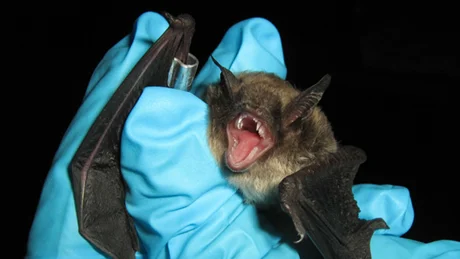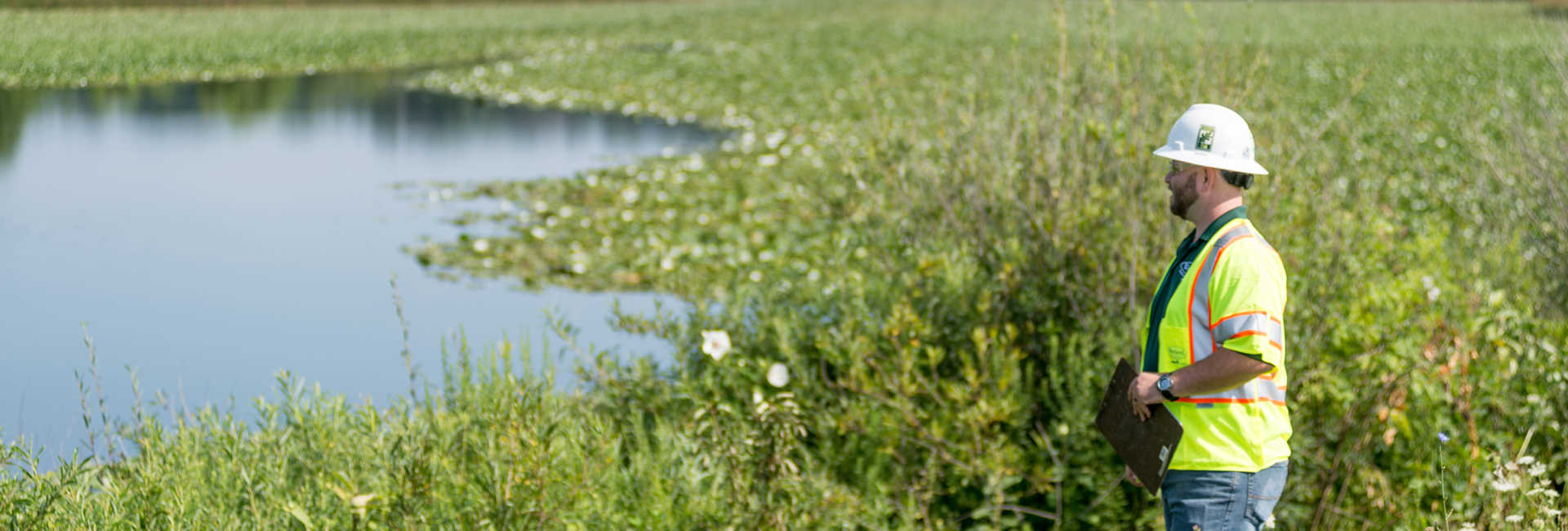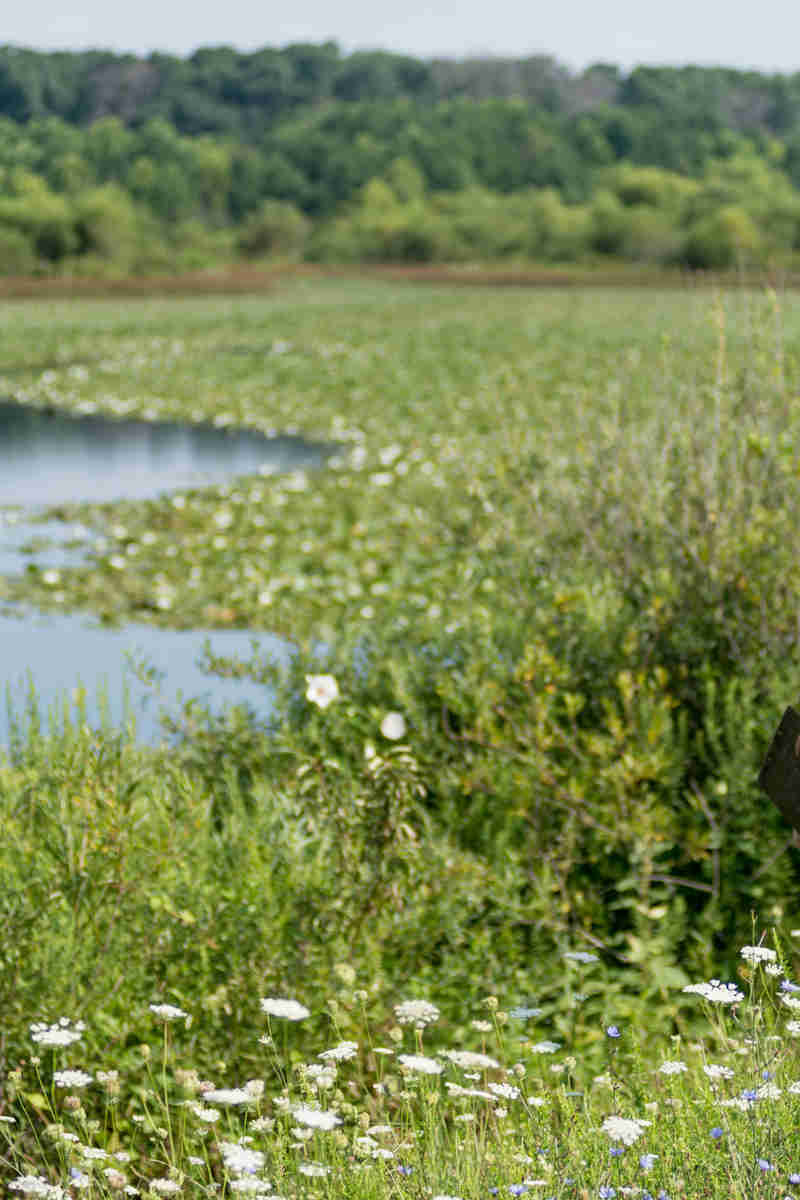Written by: Jennifer LaStella, Sr. Project Manager
In the State of New Jersey, if you are planning a project that involves clearing trees, chances are that you will have to consider impacts to bats. New Jersey is home to nine species of bats, two of which are federally protected under the Endangered Species Act of 1973: the Indiana bat (Myotis sodalis) and the Northern long-eared bat (Myotis septentrionalis). Because these species are federally protected, certain precautions must be taken before planning a project in or near bat habitat in order to prevent project delays and costly violations.

Bats play a vital role in natural pest control, pollinating plants, and dispersing seeds. A single bat can consume about 1,000 small insects per hour and a lactating female can consume more than 4,000 insects per night! According to the US Fish & Wildlife Service (USFWS), it is estimated that bats save approximately $3 billion per year in crop damage and pesticide use in the agricultural industry. Unfortunately, bats are declining globally due to extensive habitat loss and development, hunting for sport and meat, climate change, and disease, such as White-Nose Syndrome.
New Jersey’s federally-listed bats hibernate in caves and abandoned mine shafts during winter months. In the spring, bats emerge and begin to forage in the vicinity of the hibernaculum before migrating to their summer habitat. During the day, both Indiana bats and Northern long-eared bats roost underneath bark, in cavities, or in crevices of both live and dead trees.
Certain types of projects may impact bats, such as the application of pesticides, use of artificial light, land conversion/forest loss, and construction of wind turbines. Tree clearing may result in the loss of individual bats or an entire roosting colony. Timing restrictions on tree clearing is one way to significantly reduce or avoid potential impacts to tree roosting bats. The USFWS recommends that tree clearing occurs when bats are most likely to be hibernating (i.e., during the winter months).
Recommended timing restrictions may vary from state to state, and coordination with the local USFWS Field Office is recommended to determine the appropriate tree clearing timing restrictions. In New Jersey, tree clearing in Indiana bat summer or maternity habitat is generally restricted from April 1 to September 30. This restriction is extended slightly near known hibernacula (April 1 to November 15). For Northern long-eared bats, tree clearing is restricted within 150 feet of a known occupied maternity roost tree during the pup season (June 1 to July 31) or within a quarter mile of a known occupied hibernation site any time of year. Northern long-eared bats are known to use the same roost tree year after year; therefore, a known roost tree is protected for as long as the tree and surrounding habitat remain suitable.

Sometimes tree clearing timing restrictions are not sufficient in preventing potential impacts to bat populations. For example, in New Jersey, if a project proposes to clear more than one acre of trees in Morris, Sussex, or Somerset Counties or more than five acres elsewhere in the State, regardless of the time of year, project information must be submitted to the USFWS New Jersey Field Office for review. Additionally, project information must be submitted to the USFWS if tree clearing cannot be completed outside the restricted period. Summer surveys may be required to determine the presence or likely absence of federally-listed bat species, such as acoustic, mist netting, or emergence surveys.
Our experienced biologists can guide you through the steps necessary to avoid impacts to bat species, from conducting habitat and emergence surveys to coordinating with State and Federal agencies to ensure your project complies with bat-specific permitting requirements.
For Further Information About This Topic Or To Have Our Team Assist You With Your Project, Please Contact Us.
Ms. LaStella specializes in wetland delineation, environmental permitting, and rare, threatened, and endangered species surveys.
In November 2019, Amy S. Greene Environmental Consultants, Inc. joined Davey Resource Group, Inc. (DRG) as a wholly-owned subsidiary and will be doing business as Amy Greene Environmental, a Davey Company. We are thrilled to expand our team of experts with additional resources and opportunities to support you.



